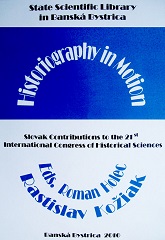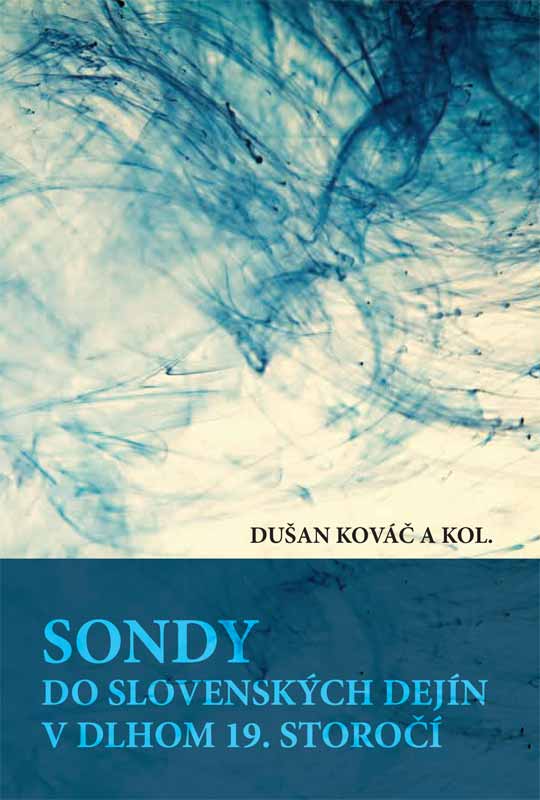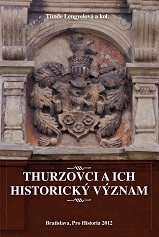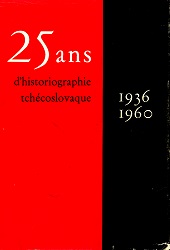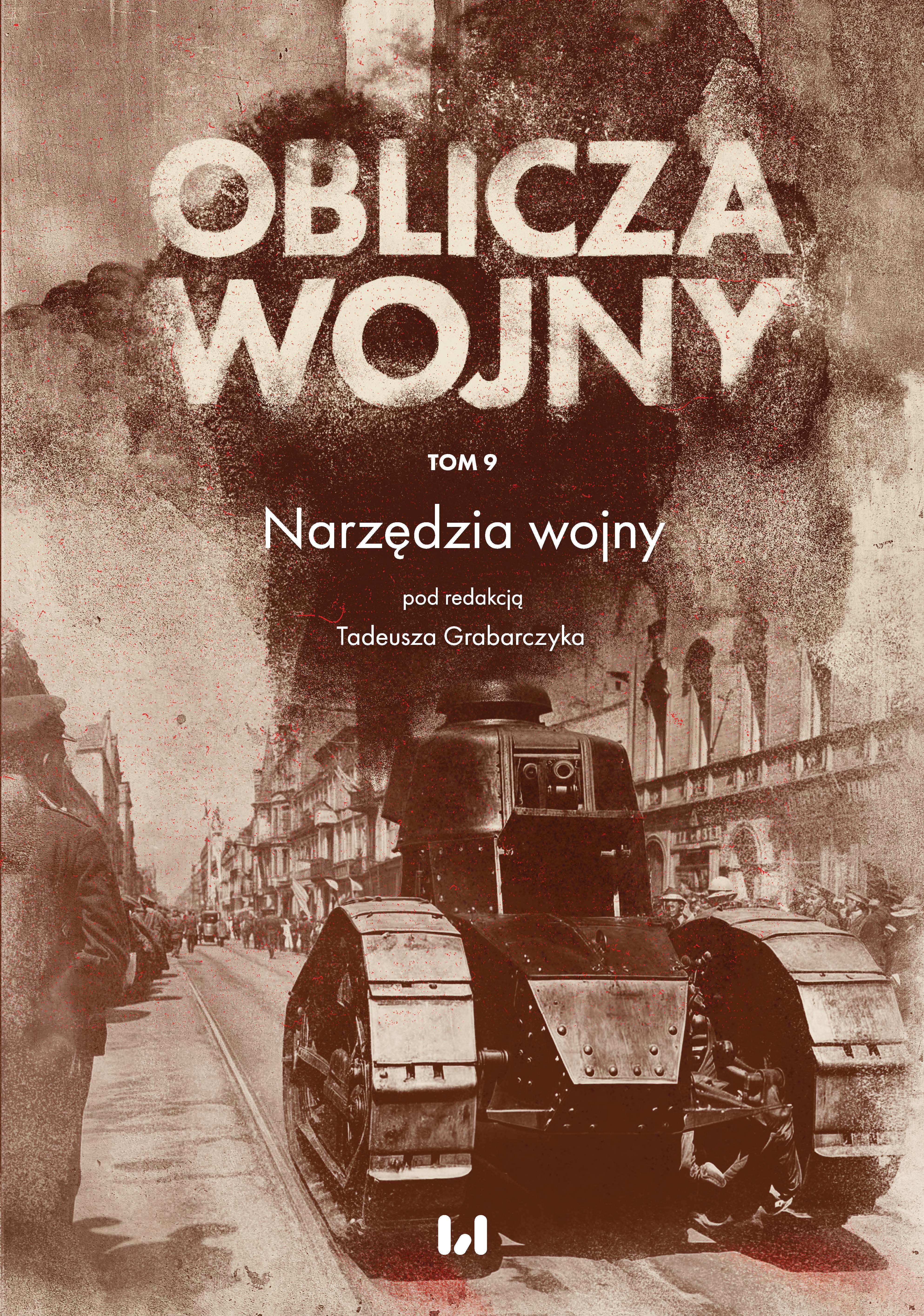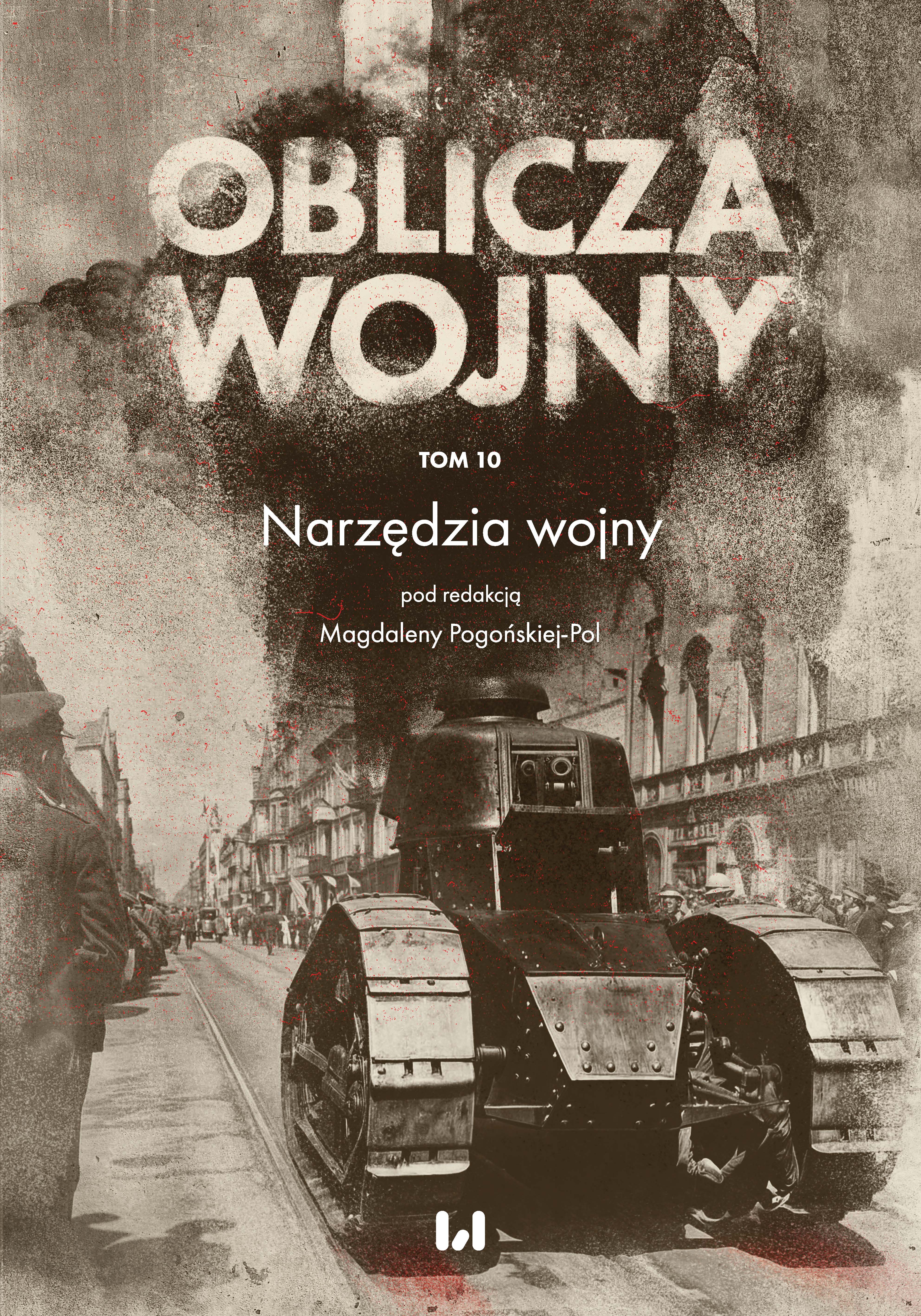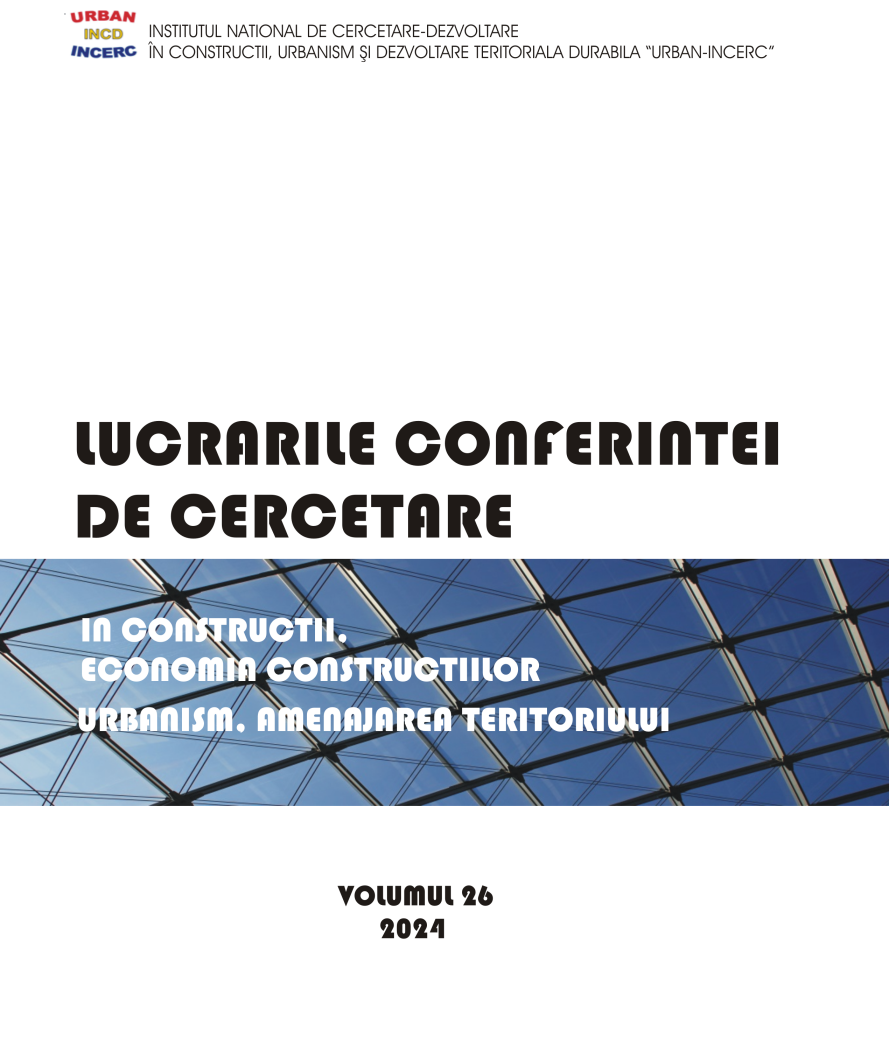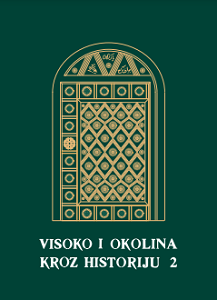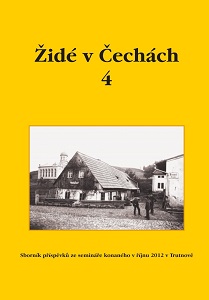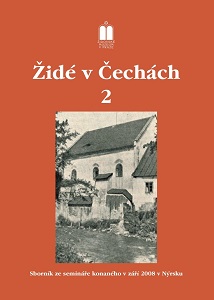Author(s): Oleg Hański / Language(s): English
Publication Year: 0
This article considers the offensive and defensive armament, organisational structure, and condition of horses in the King of Poland’s 200-horse mercenary company under the command of rittmeister (rotmistrz) Jan Buczacki in 1501. As a part of the permanent defence system (obrona potoczna), this company was stationed in the territory of the Kingdom of Poland’s Ruthenian Lands in order to protect the lives and property of the local residents from the military threats of Tatar and Moldavian forces. The article presents the results of a source study and a statistical analysis of a part of a hand-written military registry from 1501, which is stored in the Central Archives of Historical Records in Warsaw. In the registry records, 24 knights (men-at-arms, or companions – towarzysze), including the captain, were mentioned by their name or nickname, while the majority of the soldiers and squires remained anonymous. In total, the company comprised 171 men (including 24 knights and 2 military musicians) and 29 squires. The records report that the company had 135 pieces of offensive armament (102 crossbows, 30 lances, 3 matchlocks) and 174 pieces of defensive armament (28 full plate knights’ armours, 106 shooters’ armours, 5 chain mails, a breastplate, a sallet helmet, an armet helmet, and a small shield – a buckler). According to the type of armaments, the soldiers of the unit can be divided into four categories: heavy lancers (kopijnicy), arbalists, demi-lancers (półkopijnik), and swordsmen. In addition, the registry includes detailed records describing the company’s horses, which were classified as either spearman or shooters’ horses. In particular, there were 56 heavy lancers’ horses, 137 shooters’ horses, and 7 horses belonging to neither of those categories
More...
